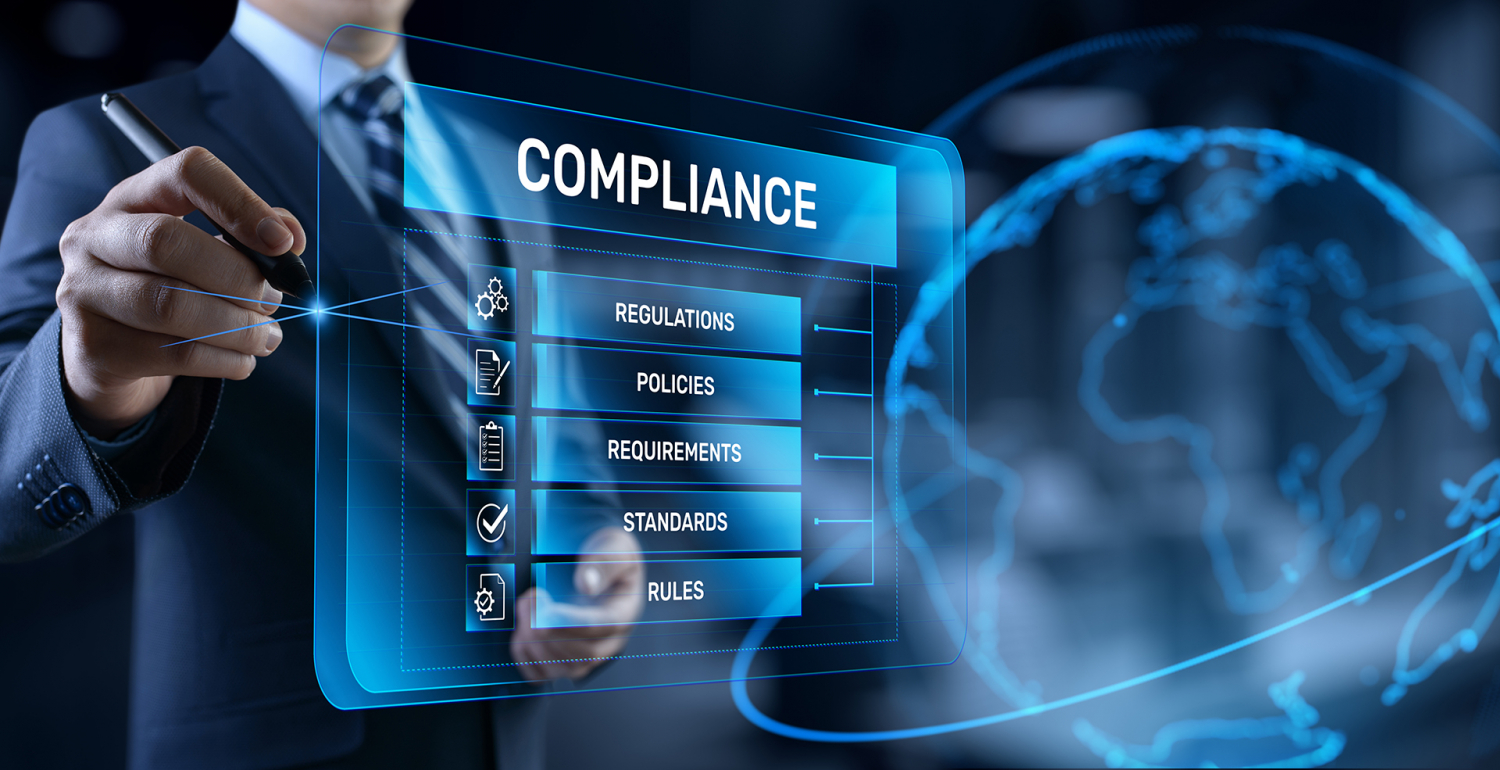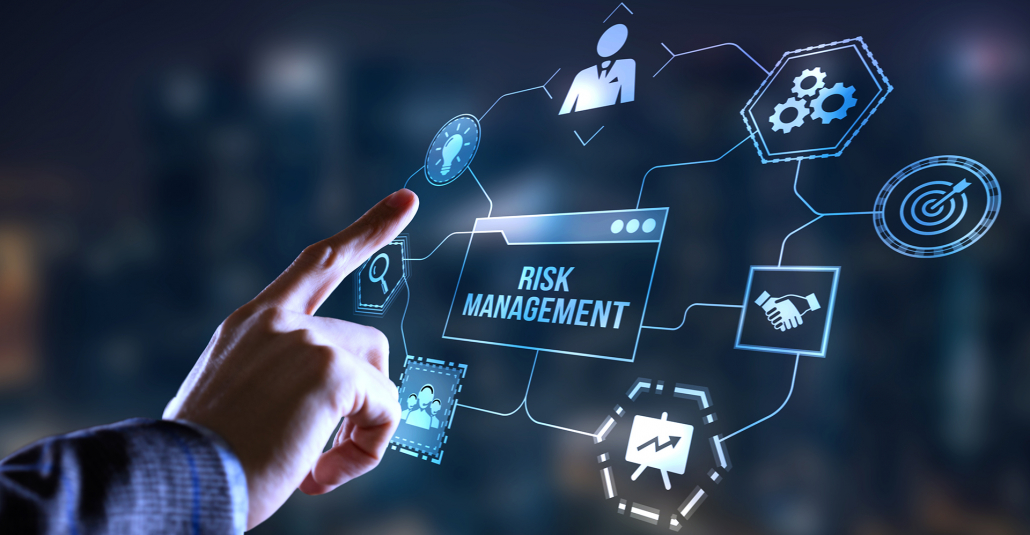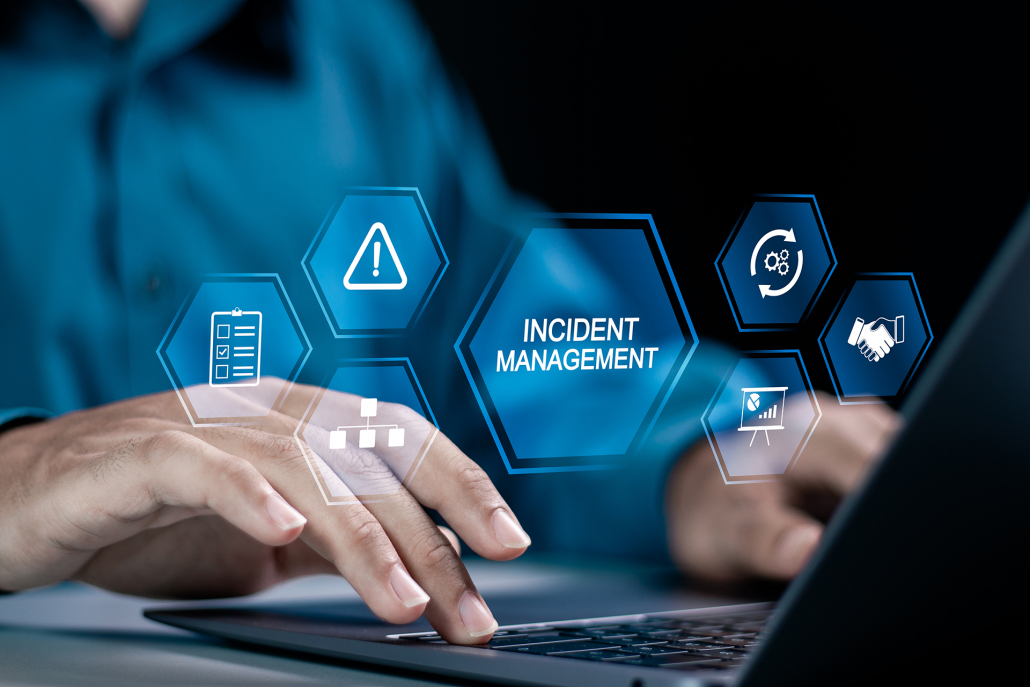NIS2 has significantly expanded its scope compared to the original NIS directive. While the original directive applied primarily to operators of essential services (OES) and digital service providers, NIS2 now broadens its range of sectors to including medium-sized companies in sectors like manufacturing, waste management, postal, and many more.
NIS2 introduces more rigorous requirements for an organization’s cybersecurity risk management, incident reporting, and supply chain security. Organizations are now required to adopt a more comprehensive approach to managing their cybersecurity risks while including these risks into their overall enterprise risk management framework.
The directive emphasizes the importance of securing supply chains and recognizing that third-party vendors and suppliers can pose a significant source of risk. Organizations are required to manage those vendors and ensure they also adhere to strong cybersecurity best practices.
Incident reporting requirements have also come under the microscope and stricter practices are now being introduced, such as reporting cybersecurity incidents with 24 hours instead of the original 72 hours. Due to this key requirement, organizations must have strong incident detection and response plans in place.
Lastly, if organizations fail to adhere and implement the required changes, they could face harsher fines of up to €10 million or two per cent of their global annual turnover.









